Collective Molecular Activities of the Plant: Sparganium Stoloniferum
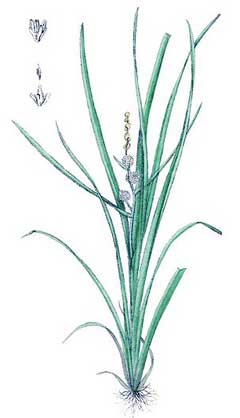
Plant ID: NPO17458
Plant Latin Name: Sparganium Stoloniferum
Taxonomy Genus: Sparganium
Taxonomy Family: Typhaceae
Plant External Links:
NCBI TaxonomyDB:
203643
Plant-of-the-World-Online:
60461195-2
Country/Region:
India; ChinaTraditional Medicine System:
Indian Folk; TCMMedicinal Functions:
Abortifacient; Emmenagogue; Galactogogue; Sedative
Afghanistan; Australia; Iran; Pakistan; Tajikistan; South Africa; India; Mongolia; Uzbekistan; China; Japan; Kazakhstan; Russia
Overview of Ingredients
35 All known Ingredients in Total
Unique ingredients have been isolated from this plant.Plant-Ingredients Associations were manually curated from publications or collected from other databases.
27 Ingredients with Acceptable Bioavailablity
Unique ingredients exhibit acceptable human oral bioavailablity, according to the criteria of SwissADME [PMID: 28256516] and HobPre [PMID: 34991690]. The criteria details:SwissADME: six descriptors are used by SwissADME to evaluate the oral bioavailability of a natural product:
☑ LIPO(Lipophility): -0.7 < XLOGP3 < +5.0
☑ SIZE: 150g/mol < MW < 500g/mol
☑ POLAR(Polarity): 20Ų < TPSA < 130Ų
☑ INSOLU(Insolubility): -6 < Log S (ESOL) < 0
☑ INSATU(Insaturation): 0.25 < Fraction Csp3 < 1
☑ FLEX(Flexibility): 0 < Num. rotatable bonds < 9
If 6 descriptors of a natural plant satisfy the above rules, it will be labeled high HOB.
HobPre: A natural plant ingredient with HobPre score >0.5 is labeled high human oral availability (HOB)
17 Ingredients with experimental-derived Activity
Unique ingredients have activity data available.Ingredient Structrual Cards
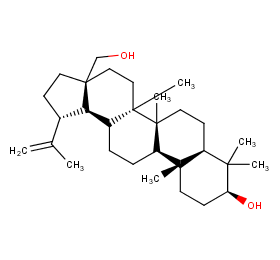
Ingredient ID: NPC95615
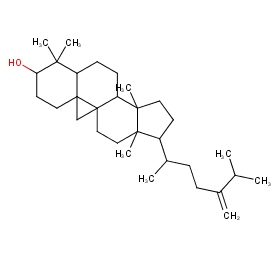
Ingredient ID: NPC83157
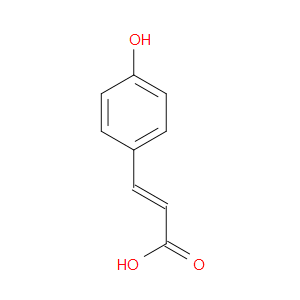
Ingredient ID: NPC81010
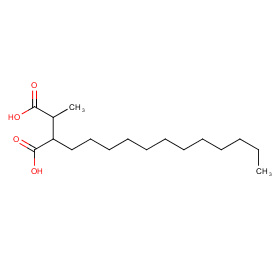
Ingredient ID: NPC72722
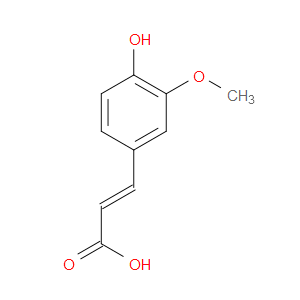
Ingredient ID: NPC70744
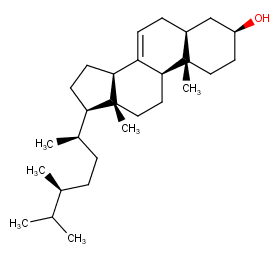
Ingredient ID: NPC4671
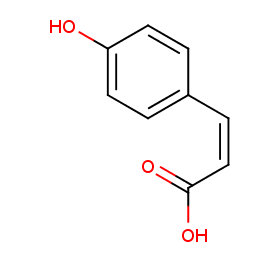
Ingredient ID: NPC32977

Ingredient ID: NPC327818
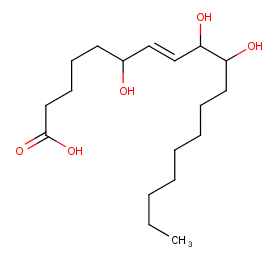
Ingredient ID: NPC32141
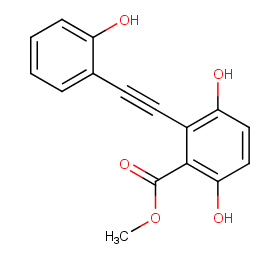
Ingredient ID: NPC302612
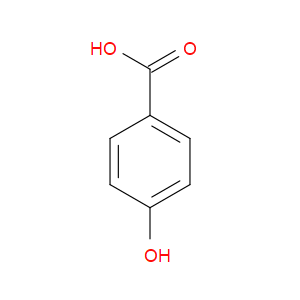
Ingredient ID: NPC29883
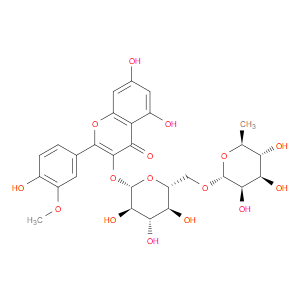
Ingredient ID: NPC294815
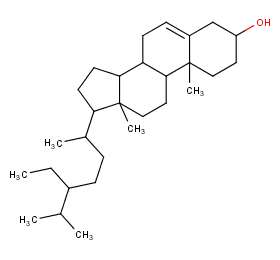
Ingredient ID: NPC290613
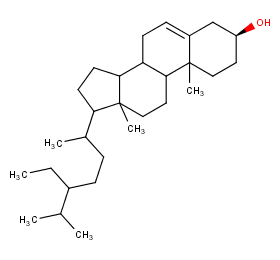
Ingredient ID: NPC29
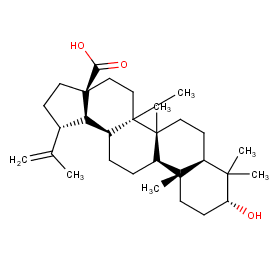
Ingredient ID: NPC277400
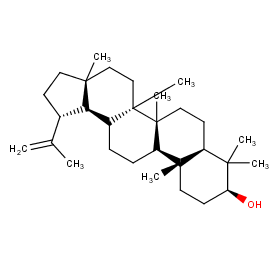
Ingredient ID: NPC265800
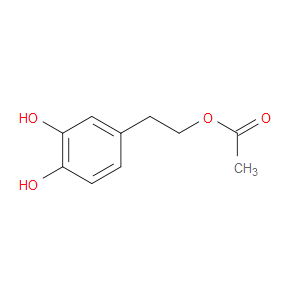
Ingredient ID: NPC264558
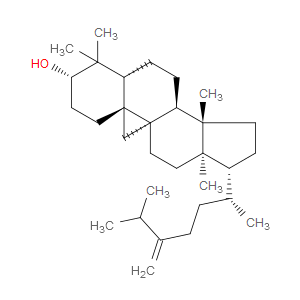
Ingredient ID: NPC254509
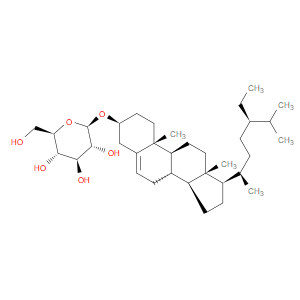
Ingredient ID: NPC243728
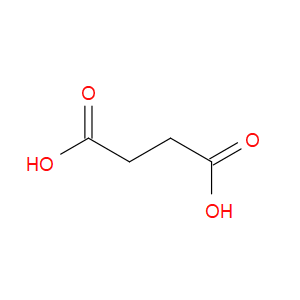
Ingredient ID: NPC236709
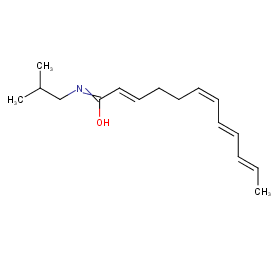
Ingredient ID: NPC236536
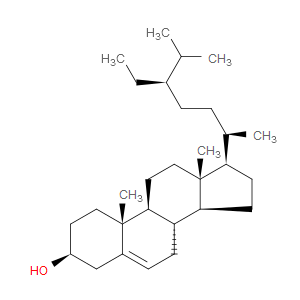
Ingredient ID: NPC230301
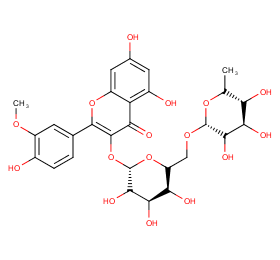
Ingredient ID: NPC226087
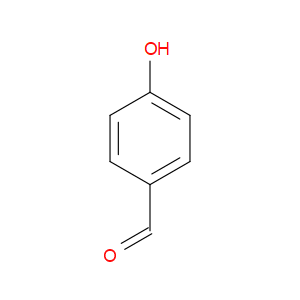
Ingredient ID: NPC219913
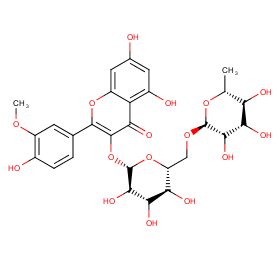
Ingredient ID: NPC211913
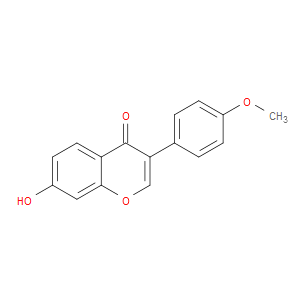
Ingredient ID: NPC209560
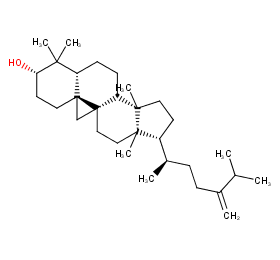
Ingredient ID: NPC181951
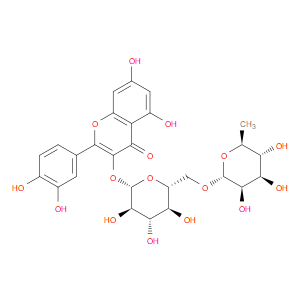
Ingredient ID: NPC176740
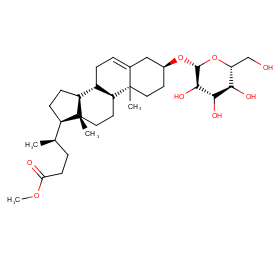
Ingredient ID: NPC169401
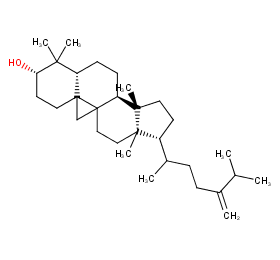
Ingredient ID: NPC159670
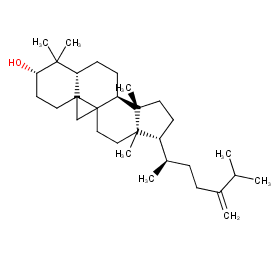
Ingredient ID: NPC136303
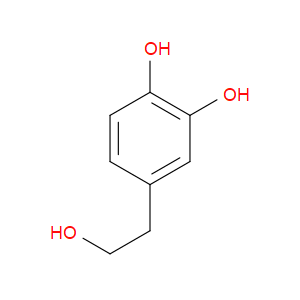
Ingredient ID: NPC12278
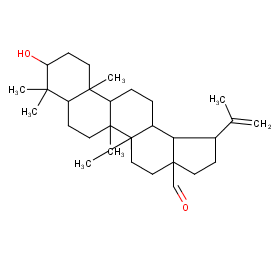
Ingredient ID: NPC116876
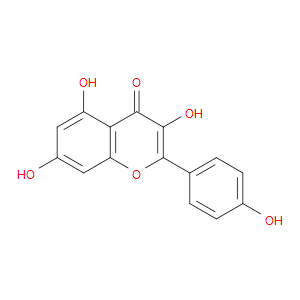
Ingredient ID: NPC116775
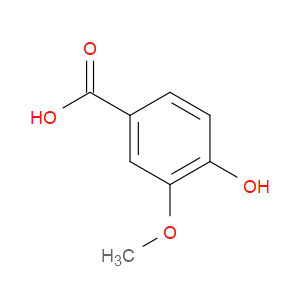
Ingredient ID: NPC111888
Classification of Human Proteins Collectively Targeted by the Plant
Detailed Information of Target Proteins
| Target Type | Protein Class | Gene ID | Protein Name | Uniprot ID | Target ChEMBL ID |
|---|---|---|---|---|---|
| Cytochrome P450 | Cytochrome P450 family 1 | CYP1A2 | Cytochrome P450 1A2 | P05177 | CHEMBL3356 |
| Cytochrome P450 | Cytochrome P450 family 1 | CYP1B1 | Cytochrome P450 1B1 | Q16678 | CHEMBL4878 |
| Cytochrome P450 | Cytochrome P450 family 1 | CYP1A1 | Cytochrome P450 1A1 | P04798 | CHEMBL2231 |
| Cytochrome P450 | Cytochrome P450 family 2 | CYP2C9 | Cytochrome P450 2C9 | P11712 | CHEMBL3397 |
| Therapeutic Target | Hydrolase | ACHE | Acetylcholinesterase | P22303 | CHEMBL220 |
| Therapeutic Target | Lyase | CA12 | Carbonic anhydrase XII | O43570 | CHEMBL3242 |
| Therapeutic Target | Lyase | CA2 | Carbonic anhydrase II | P00918 | CHEMBL205 |
| Therapeutic Target | Lyase | CA7 | Carbonic anhydrase VII | P43166 | CHEMBL2326 |
| Therapeutic Target | Oxidoreductase | HSD17B2 | Estradiol 17-beta-dehydrogenase 2 | P37059 | CHEMBL2789 |
| Therapeutic Target | Small molecule receptor (family A GPCR) | DRD1 | Dopamine D1 receptor | P21728 | CHEMBL2056 |
Clinical trials associated with plant from natural product (NP) & plant level:
| Clinical trials type | Number of clinical trials | |
|---|---|---|
| 3 | ||
| NCT ID | Title | Condition | Form in clinical use | Associated by plant or compound |
|---|---|---|---|---|
| NCT00010686 | Dietary Phytoestrogens and Bone Metabolism | osteoporosis | Formononetin (NPC209560) | |
| NCT01705652 | Study to Assess the Activity of Nexrutine® in Prostate Cancer Patients | prostate cancer | Rutin (NPC176740) | |
| NCT04649203 | Cytoflavin in the Treatment of Patients With Diabetic Polyneuropathy | diabetic neuropathy | Succinic Acid (NPC236709) |
❱❱❱ Associated Human Diseases and Detailed Association Evidence
How do we define the Plant-Targeted Human Disease Association?
Associated human diseases of an individual plant are summurized based on FOUR types of association evidence, these include:
❶ Association by Therapeutic Target: Bioactive protein targets of the plant were defined in "Molecular Targets" section, target-disease associations collected from TTD database were subsequently used to build the associations between the plant and its targeted human diseases.
❷ Association by Disease Gene Reversion: Plant and a specific disease will be associated when >= 1 plant target gene overlaped with disease's DEGs.
❸ Association by Clinical Trials of Plant: Plant and a specific disease will be associated when >= 1 clinical trial (the plant is the intervetion) can be matched in ClinicalTrials.gov database.
❹ Association by Clinical Trials of Plant Ingredients: Plant and a specific disease will be associated when >= 1 clinical trial (the plant ingredient is the intervetion) can be matched in ClinicalTrials.gov database.
Associated Disease of the Plant | Association Type & Detailed Evidence |
|---|---|
AbortionDisease Category: 18.Pregnancy, childbirth or the puerperiumDisease ICD-11 Code: JA00 |
DRD1
|
Acquired hypermelanosisDisease Category: 14.Diseases of the skinDisease ICD-11 Code: ED60 |
TYR
|
Acquired hypomelanotic disorderDisease Category: 14.Diseases of the skinDisease ICD-11 Code: ED63 |
TYR
|
Acute diabete complicationDisease Category: 05.Endocrine, nutritional or metabolic diseasesDisease ICD-11 Code: 5A2Y |
AKR1B1,DPP4
|
Adenocarcinoma of bronchus or lungDisease Category: 02.NeoplasmsDisease ICD-11 Code: 2C25.0 |
CA12,ACHE,F2,CYP2C9,CA7
|
Adenocarcinoma of pancreasDisease Category: 02.NeoplasmsDisease ICD-11 Code: 2C10.0 |
ACHE,SNCA,DPP4,CA2,CISD1,LMNA,DRD1,HSD17B2,CYP1B1,F2,CYP2C9,CA7
|
Adenocarcinoma of stomachDisease Category: 02.NeoplasmsDisease ICD-11 Code: 2B72.0 |
DRD1,F2
|
Allergic/hypersensitivity disorderDisease Category: 04.Diseases of the immune systemDisease ICD-11 Code: 4A80-4A8Z |
DRD1
|
Alzheimer diseaseDisease Category: 08.Diseases of the nervous systemDisease ICD-11 Code: 8A20 |
ACHE,SNCA
|
Angina pectorisDisease Category: 11.Diseases of the circulatory systemDisease ICD-11 Code: BA40 |
F2
|

